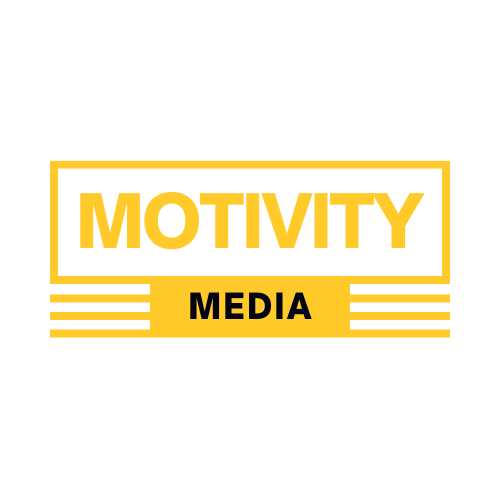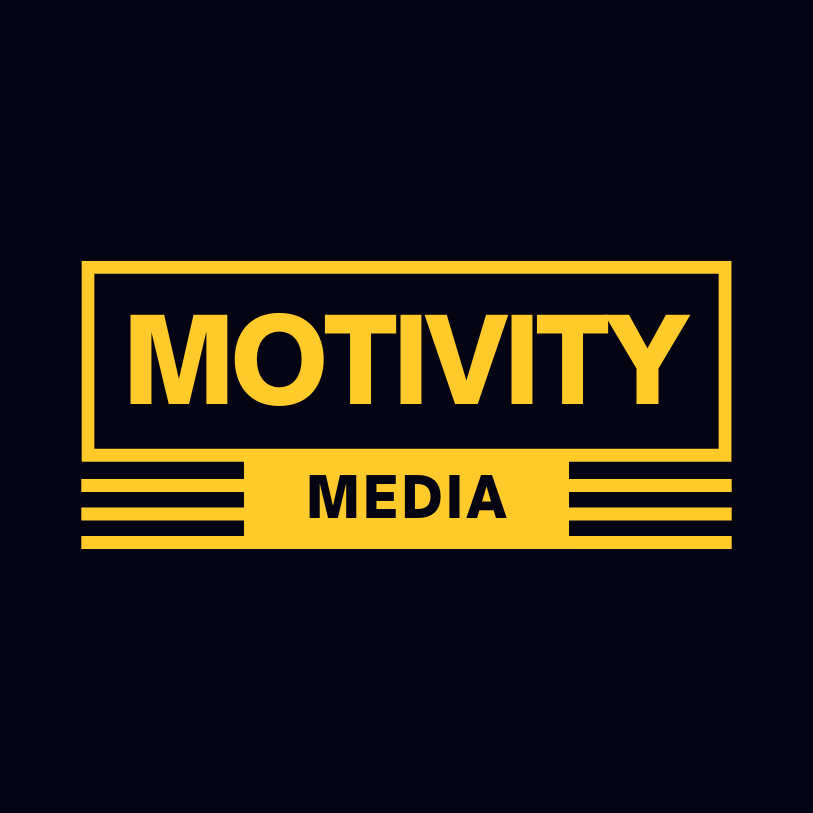
Performance Discussions
So, how did we get here? In the early 2000s, many large organizations began to follow GE's lead by using a “rack and stack” performance assessment grid method to retain and reward employees. This approach compared employees in similar roles against their future potential (racked). They were then compared to their colleagues in the potential category (stacked) and ranked from highest to lowest in metrics designed to measure productivity and their value to the organization.
Leaders were pitted against each other to advocate for their employees to ensure they were ranked high in the standings. The lowest 10% of performers were exited from the company to supposedly improve the overall productivity and value of the employee base. As a result of this process, annual employee evaluations were critical to validating the “rank” of the employee, which ultimately would determine not only tenure with the company but also “merit increases” in compensation.
The process was highly susceptible to subjectivity, created broad anxiety among employees, and created a competitive arena of greed and self-promotion. While large organizations, including GE, have since stopped using “rack and stack” practices, the anxiety-provoking annual performance evaluation remains a mainstay of organizational practices.
By design, annual performance evaluations seek to comparatively rate employees against their colleagues and assign compensation levels against that rating.
Is it an effective process? No, it is predicated on leaders' ability to assess and rate another human being fairly.
It’s Not Working
Only 1 in 4 North American organizations report having an effective employee review process. Less than one-third of U.S. employees say their performance is evaluated fairly. Gallop found that 95% of leaders are dissatisfied with their organization’s review process. Less then 20% of employees feel inspired after their annual performance review and disengaged employees cost U.S. companies $1.6 trillion per year.
“Every single human alive today is a horribly unreliable rater of other human beings.”
Can someone rate my “strategic thinking” skills? The research says “no” it isn’t possible in most cases. Besides being unable to see what people think, we also bring biases to our impressions of others. We rank friends higher than distant colleagues. We bring how harshly we were rated to our rating of others. We tend to race through the rankings without much reflection. We dislike the entire process, and our attitude emerges when we assess others. People are not objective, and their approach is unreliable. Scoring and ranking are not effective ways to evaluate and improve performance. They lead to dissatisfaction and anxiety. There is a better way.
New Approach
Imagine an organization where everyone (1) clearly understands what is expected of them and (2) has the competencies to accomplish what is expected. Would they need to be rated and comparatively ranked? Would there be a need for differentials in compensation within comparative roles? There would not. Would there be a need for an “exceeds expectations” score? Wouldn’t meeting expectations be enough?
In other words, traditional performance evaluations are necessary because leaders allow some employees not to meet the expectations they set for the role. In most cases, this lack of performance is due to leaders' lack of communication and thought about what is expected of the individual.
Most people want to know three things about their work:
What is expected of me?
How can I improve my performance?
How can I advance in responsibility?
These three questions should be addressed more frequently than once a year. Annual evaluations are highly sensitive to recency bias or an over-dependence on the most recent performance. A performance management system should encompass performance throughout the year measured against a defined set of objectives. Our suggested approach incorporates a weekly, monthly, and quarterly review using a discussion-based (non-rated) assessment approach. Performance Discussions are the recommended approach.
What is the objective? It should be to create a team of individuals working together to fulfill the organization's purpose. Those employees are involved in daily work toward that end. To motivate, train, encourage, and direct employees, leaders must do it continually throughout the year.
We recommend simple, frequent conversations between leaders and their team members around the specific outcomes expected of the employee as outlined in a strategic plan for their area of responsibility. Performance discussions occur weekly, monthly, and quarterly, as indicated below. No ranking. Supervisors and individual team members have straightforward conversations about how the individual performs compared to what is expected, as outlined in the strategic plan. These discussions depend on clear goals and expectations described in the strategic plan to guide the discussions.
The approach begins with creating a strategic plan for each area of responsibility that the supervisor reviews and approves. The plan should be aligned with the organization's purpose and reflect the goals and expectations that the supervisor has set for each department, division, or other description of an area of responsibility.
Team leaders provide their supervisors with a brief written weekly overview of their progress. A suggested tool is linked below for this weekly report (The Friday Email). Monthly, leaders meet with their supervisors for an informal discussion regarding their progress and any support they require. Each quarter, leaders and their supervisors meet for a formal review of their progress using the goal assessment tool, a leadership self-assessment tool, and the results of a peer assessment, all linked below.


